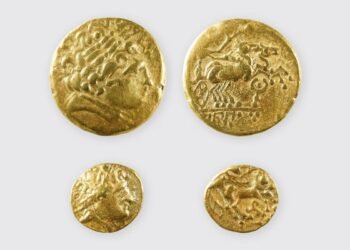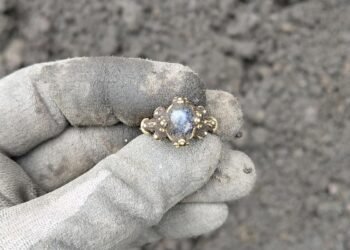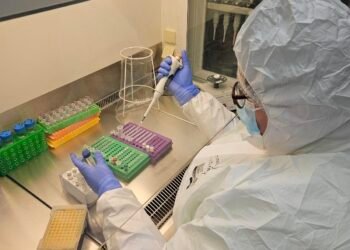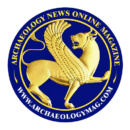A team of international archaeologists has unearthed a well-preserved ancient Greek lecture hall in Agrigento, Sicily. The discovery, made during the February–April 2025 excavations, was carried out by Prof. Dr. Monika Trümper and Dr. Thomas Lappi of the Free University of Berlin in collaboration with the Politecnico di Bari and the Parco Archeologico Valle dei Templi di Agrigento. The project was funded by the German Research Foundation (DFG).

Agrigento, which was originally named Akragas, was founded around 580 BCE by settlers from Gela and Rhodes and came to be the largest Greek colony in Sicily. The site is renowned for its Greek monumental architecture, especially the Valley of the Temples. The latest discovery now confirms the importance of the city not only as a site of religious and civic architecture but also as an educational center.
At the heart of the discovery is a roofed semicircular auditorium—a sort of covered lecture hall or classroom—made up of eight stepped tiers of seating accommodating some 200 people. The structure, dated to the 2nd century BCE, predates its counterparts across the ancient Greek world by 300 years. Comparable examples, like the gymnasium auditorium at Pergamon in modern-day Turkey, did not appear until the 1st century CE.
This lecture hall was part of a larger gymnasium complex, which also included a 200-meter-long racetrack, a swimming pool, and a palaestra—an open-air courtyard for athletic training—on two terraces. Archaeologists have also found a rectangular hall (11 by 23 meters) adjacent to the auditorium, with benches lining the walls. The research team believes that this room would have been used for intellectual training, public performances, and educational competitions.

The excavation also revealed two inscribed blocks of limestone from the orchestra area of the auditorium—the semicircular part where speakers would have delivered their presentations. The Ancient Greek inscriptions, highlighted in red pigment, mention the gymnasiarchos, or director of the gymnasium, and account for a roof renovation to the apodyterion (changing room). The renovation was privately sponsored by a local resident, who dedicated the work to Hermes and Heracles—ancient patrons of Greek gymnasiums.
Although Agrigento was inhabited for more than a thousand years, written records from daily life are scarce. So, these inscriptions provide valuable information about the city’s social structure during the time of transition between Greek independence and Roman rule.
Archaeologists emphasize that while gymnasiums were common in the Greek world, Agrigento’s complex is noteworthy for its size, condition, and architectural innovation.
The complex was excavated as early as the 1950s, but it wasn’t until recent years that geophysical surveys and redetermination uncovered the true scope of the gymnasium. The research project began in 2020 and has since uncovered the palaestra, additional rooms, and stamped roof tiles with the Greek abbreviation “ΓΥΜ”—confirming the function of the complex.
The team plans to resume their fieldwork in 2026. Among some of their goals are the discovery of additional areas committed to education and athletics, and additional inscriptions that will potentially reveal new aspects of the organizational culture and traditions of ancient Akragas.
More information: Freie Universität Berlin / Excavations in Agrigento























